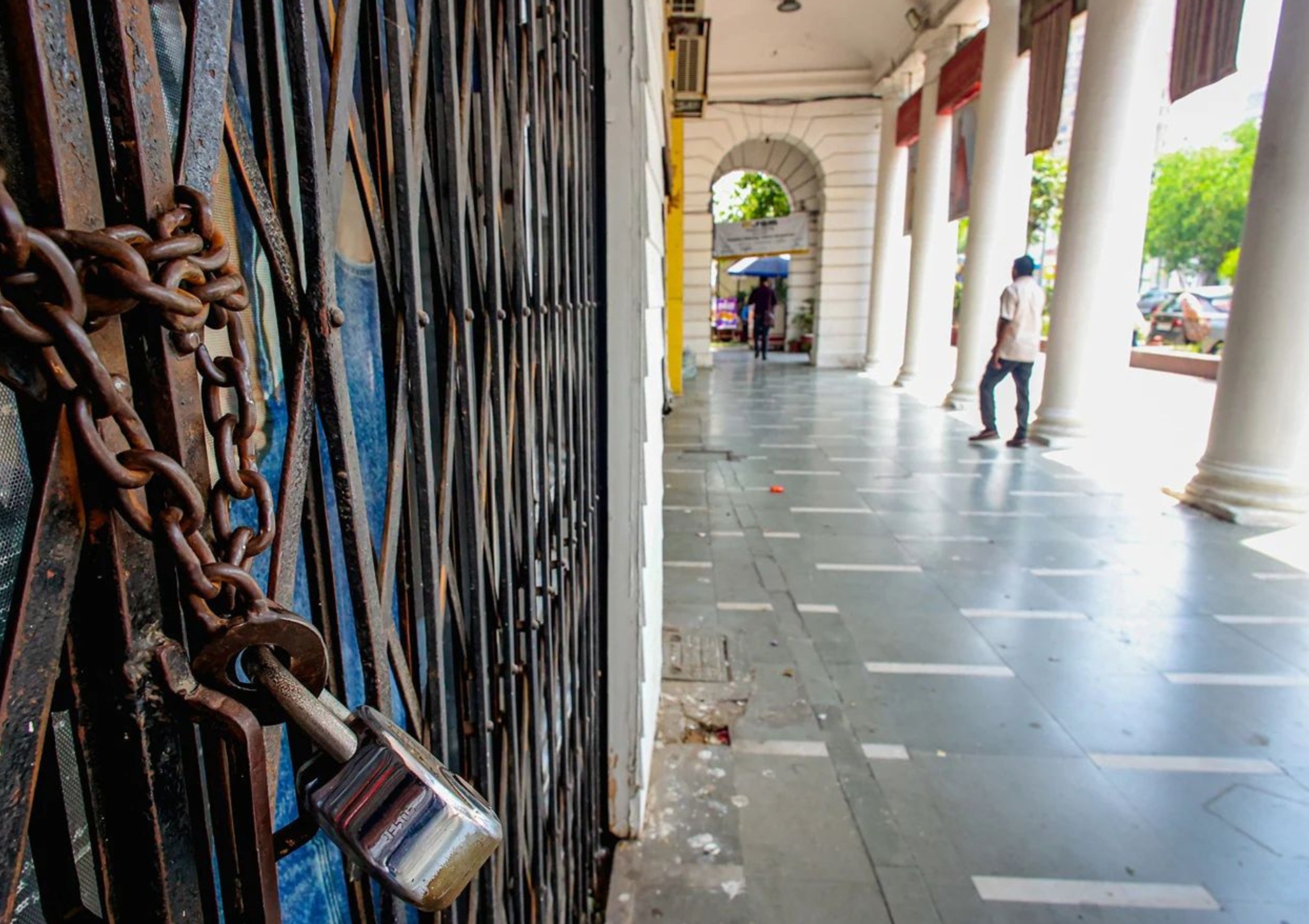
By Sulagna Halder
New Delhi, 9 July 2025:
India was at a standstill, with a massive Bharat Bandh, organised by ten nationwide trade unions, farmer and rural workers organisations. About 25 crore workers participated in the one day protest against what it called as anti worker, anti farmer, and pro corporate policies.
On roads, railway lines and in public buildings since very early morning there was the evidence of the strike. KSRTC bus services in Kerala came to a stop, market shut, and towns became deserted. Odisha and Tripura saw widespread shutdowns with shuttered shops and deserted streets. In Mumbai there was rampant protest of public sector bank employees in protest against the idea of privatising banking assets. There were high political overtures in Kolkata, with the police removing tyre barricades and street protesters proudly burning effigies of the Prime Minister.
There were massive interruptions to rail services especially in Bihar where the RJD student organisations obstructed train tracks; a move that increased the intensity of the bandh. The supporters of the union held a rally at Jantar Mantar in Delhi to demand their demands chanting slogans against the recent labour reforms.
There was also a stoppage in coal mining, postal, insurance and power industries. All India Power Engineers Federation said the strike was joined by over 27 lakh workers in the power sector, a factor that could threaten supply of power in areas it serves to its consumers.
Although the dislocation was very profound in many sectors, the provision of essential services was hardly affected. Hospitals did not shut down and certain transport channels such as Chennai buses and private ferries continued. Schools and colleges were operating in most cities despite interruptions in travelling in certain areas.
Union leaders reiterated a 17 point charter, demanding the repeal of four new labour codes, protection of 41 defence PSU factories from privatisation, enhanced minimum wages, and ratification of key International Labour Organisation conventions . According to a joint union communique, this bandh emphasised the anger of the workers and the farmers over policies that endanger livelihoods.
States took extreme precautionary action: police have been deployed in the hotspots areas such as in Western UP, Rajasthan and Gujarat and the authorities have advised agencies to be alert all day long In Rajasthan, the services of the internet had to be suspended in some districts such as Bharatpur and Sawai Madhopur out of precautionary measures.
Transport conditions were still disrupted even by evening though the most important services had been restored. The bandh was a prominent indication of rising dissatisfaction with India economic policy and an increase in policy redress demands prior to important elections.